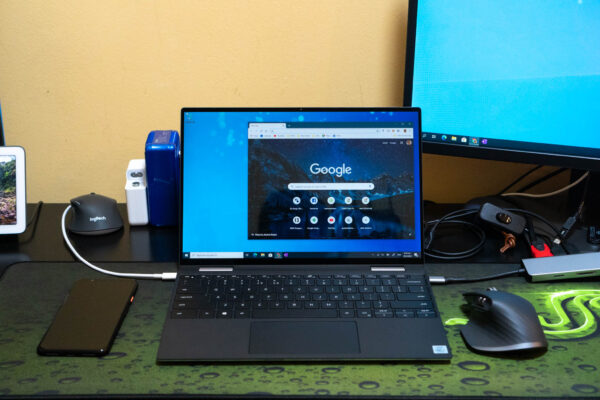
Telecommuting isn’t a new concept. For many people, though, the first time they really got to work from home was during the SARS period seventeen years ago. The present COVID-19 situation has again led some organisations to send their employees to work from home.
It’s one thing to not have to come into a physical office on a daily basis, and quite another to be forbidden from returning to office for an entire week (or more). Sometimes, being unable to come into a physical office presents problems. For example, it could hamper collaboration or make various workflows become inefficient or inconvenient.
Seventeen years ago, we might have been faced with difficulties such as needing physical paperwork, access to physical documentation, or requiring face-to-face meetings. Much of these should have been improved. Documentation can be online. There are plenty of online workflow systems. We have no shortage of online communication tools these days.
Working from home the last week, I found that the technology has, for the fair part, lived up to its promises. As someone working in IT, much of the things I do are online. In fact, with my background in network engineering, I’m quite capable of making things work online.
The challenge I face isn’t so much with technology. The problems are with people, or perhaps more correctly, how people interact with technology.
You see, funny enough, even though I work amongst IT people, there are some so old-school that they are terrified of new technology. I mean, for example, maybe Telegram is a little new to them, but would you believe that they just absolutely refuse to touch WhatsApp?
If some people deem WhatsApp as “too personal”, and insists on keeping personal life separate from work activities, then how about a workplace mandated communication tool like Skype for Business? Well, they refuse to install it in their personal smartphone, because it is for work. Can they use it on the workplace provided computer? Yes, but when you actually try to call them, they realise they don’t have a microphone, or some other problems.
Sometimes what should have been a 3-minute phone call becomes a 15-minute exercise in debugging software, hardware, and network problems. Don’t get me started on videoconferencing.
Communication, it seems, remains a hurdle. It shouldn’t be. The problem is not with the technology at all. If there’s anything to blame about the technology, maybe it’s that there’s too choices. When you need to work with a diverse group of people, you need to be prepared to use a jumble of apps. Last weekend, for example, I found myself on:
- Telegram
- Discord
- Microsoft Teams
- Skype for Business
All at the same time. That’s not even including Email.
Then about Email, sometimes, as slow as Email might be, it may still be faster than using other apps to message some people.
Maybe, if your job is somewhat solitary, needing little interaction with other people (not counting structured interaction tools like, you know, tickets), you wouldn’t be so burdened with some of the inherent barriers of telecommuting.
That aside, while organisations may have modernised themselves, what we need now is for people to modernise themselves.
View Comment Policy